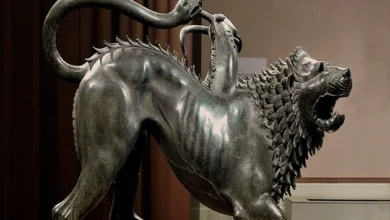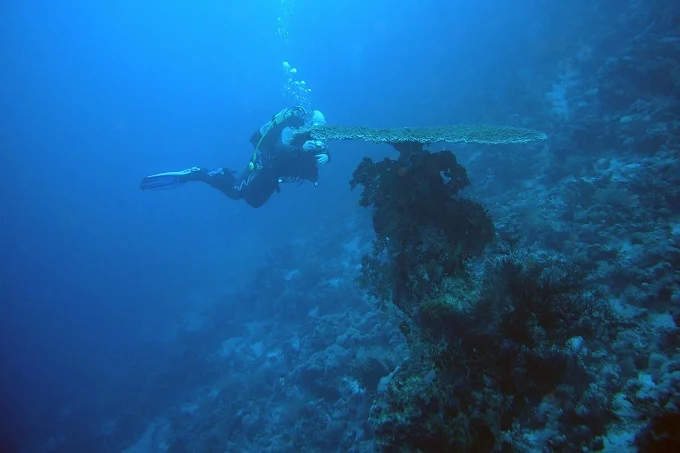How deep is the Mariana trench?

Probably, in the memory of each of us, there are concepts from the school curriculum in geography, monotonously repeating in the voice of a teacher: the highest point on Earth is Everest, and the deepest is the Mariana Trench. While still schoolchildren, we listened and imagined, what a depth, as much as 11022 m! But, probably, they could not even imagine how many secrets and unknown inhabitants this abyss hides in itself!
The Mariana Trench (aka the Mariana Trench and the Womb of Gaia) was formed several million years ago as a result of shifts in tectonic plates. According to the latest data from American scientists, its depth is 10971 m, while Russian researchers in 1957 recorded the familiar figure of 11022 m. The water pressure at the bottom of the gutter is 1100 times higher than normal atmospheric pressure.
So who, after all, decided to go down far into the ocean and how many are still unsolved mysteries, it asked us?
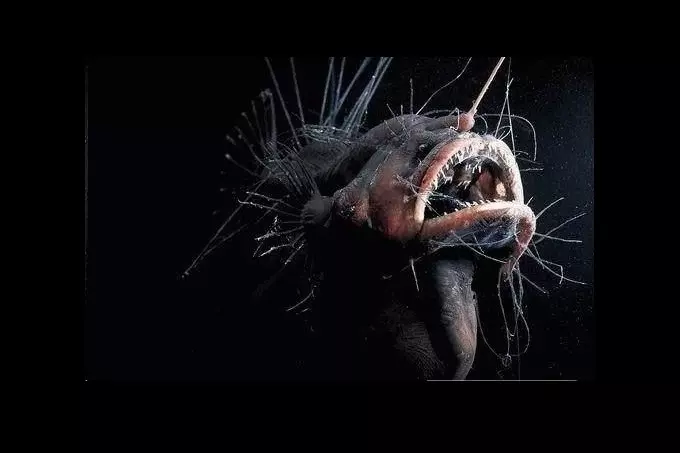
The first to measure the depth of the depression were members of the crew of the Russian research vessel Vityaz in the year 1957 mentioned above. And it was they who refuted the azoic theory, according to which it was believed that at a depth below 7000 meters, there are no life forms. Scientists have identified colonies of barophilic bacteria that can only survive at very high pressures.
In 1960, the American bathyscaphe Trieste, designed by Jacques Picard, set a new record by reaching the bottom of the depression and staying there for 12 minutes. And to this day, no one has been able to repeat this! Sinking into the ocean abyss, the crew members saw two 30-centimeter fish, which proved that life exists even under such high pressure and pitch darkness.
After more than three decades, the same was proved by the research of the automatic bathyscaphe “Kaiko” from Japan. He managed to collect soil samples from the bottom of the deepest trench, where 13 species of unicellular organisms were found that were not previously classified by science. What is surprising, they have existed for more than one billion years!
And in 2009, the American deep-sea robot “Nereus” descended to the depth, which transmitted videos and photos taken in the thickness of the ocean to land via a special cable. With its lens, it also caught photofluoric fish, in which some parts or the entire body surface emit light.
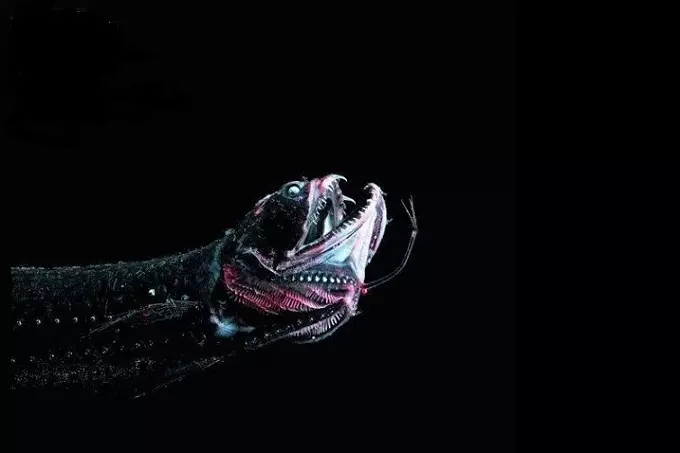
In addition to them, as well as a number of protozoa and various types of barophilic bacteria, invertebrates in long chitinous tubes, rhizopods with a cytoplasmic body, and a tortoise (foraminifera), isopods, gastropod molluscs also live at the bottom of the cavity…
The fish that exist there, in search of food, too huddle in jambs. But there is something that distinguishes these creatures from the usual marine life for us – their terrifying appearance! Huge teeth and eyes rotating in different directions, sharp spikes instead of fins, or, in general, the absence of a mouth and anus, like the 2-meter giant worms living here…
One of the most interesting discoveries was the dragon fish. This fish emits infrared rays with its black body and then catches its reflection. These ocean inhabitants are of great importance in the development of biology and oceanology.
But hiding underwater and someone still misunderstood and unknown. It is not in vain that sometimes on the ocean coasts, fishermen find bodies of unusual monsters thrown out by the elements, up to 70 meters long.
And within the Mariana Trench, the teeth of the giant shark megalodon were found. These prehistoric monsters weighed about 100 tons, had a length of 24 meters, and a mouth width of 2 meters. It was believed that they disappeared from the face of the Earth 2 – 2.5 million years ago, but the 10-centimeter teeth from the trench are about 11-24 thousand years old! Does this mean that not all sharks died out, and some of them continued to exist in the Womb of Gaia?
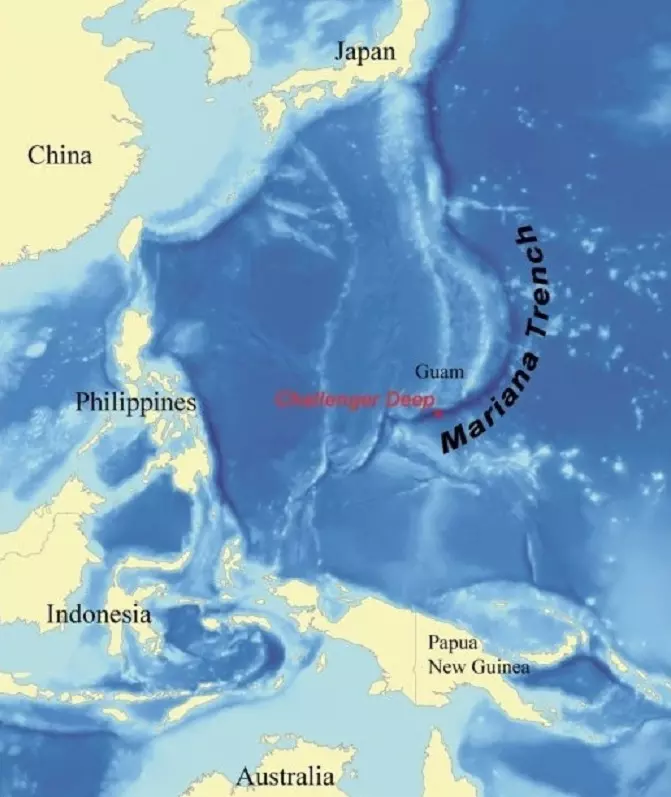
But there are facts and worse! The vessel “Glomar Challenger” in 2003 studied the bottom of the depression. Suddenly, his devices recorded strange sounds, as if someone was sawing metal cables, and shadows of creatures 12 – 16 meters in height appeared on the monitor, somewhat reminiscent of two-headed dragons. Scientists were afraid that the 9-meter robot could remain at the bottom and raised it to land. What they saw was horrifying. The side of the “hedgehog” (the so-called spherical apparatus) was deformed, and the powerful cables holding it seemed to be sawn.
The German Highfish apparatus suddenly braked sharply at a depth of 7000 m. To find out the reason, the crew members turned on the infrared light and saw how their ship fell into the mouth of a huge creature that looked like an ancient lizard, and this lizard was diligently trying to figure out the ship. With difficulty coming to their senses, the researchers decided to use the “electron gun”. Having received a dose of electric current, the monster released the bathyscaphe and disappeared.
Unfortunately, there are no pictures of these ocean inhabitants, making it possible for skeptics to laugh and elevate these stories to the rank of fairy tales.

However, ufologists and oceanologists, nevertheless, do not lose hope in the future to conduct more research and prove that the Mariana Trench is not only one of the geomorphological poles of our planet but a place where many unknown things are hidden, unknown to science. After all, everything unknown has long attracted a person, and new immersions and studies only add questions on this topic, thereby keeping the inhabitants of the Earth in constant tension and inexhaustible interest.

